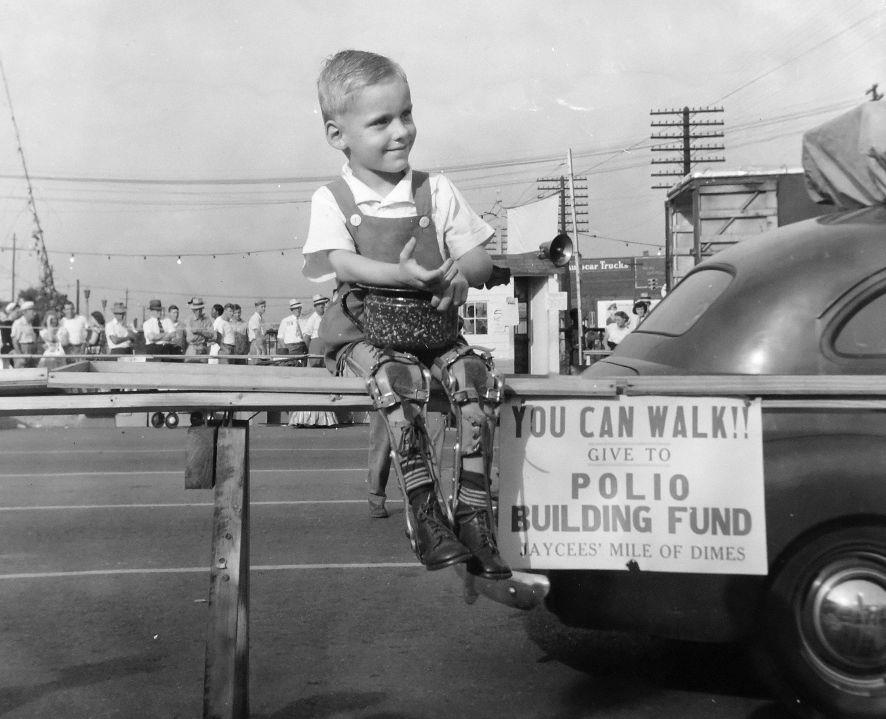In June 1948, concern was mounting among North Carolina health officials. Statewide, 51 new cases of polio had been reported over the previous month, doubling the year’s total count to 102. An Associated Press story featured in the June 6 edition of The Asheville Citizen put the information into perspective: “North Carolina’s usual average is from 80 to 100 cases during an entire year.”
Still, the report continued, “Health officials said it is too early to determine whether the state is to be faced with another major polio epidemic such as the ones which occurred in 1935 and 1944.”
By June 21, infection rates doubled yet again to 203. At the time, Asheville maintained a clean bill of health, though two cases were reported in Buncombe County — that of a 24-year-old World War II veteran and a 10-year-old girl from Weaverville.
Soon thereafter, Asheville’s luck and outlook changed when two cases were discovered within city limits. On June 29, 1948, The Asheville Citizen wrote that in the wake of this news, Dr. Margery J. Lord, city health officer, reported a series of phone calls “from distressed parents who report to her that ‘there are 10 — or 20 — or 30 — cases in town and that no one will admit it.’”
Lord maintained that there were only two cases, insisting “there is no intention on the part of health officials to ‘hide anything.’”
In the following day’s edition of The Asheville Citizen, the paper tried its hand at calming the city’s tense residents. “Poliomyelitis, the crippling children’s disease, actually attacks and harms very few children,” the paper stated. “Of course, it is not to be taken lightly. But it should not cause near-panic in some families — as is unfortunately the case in Asheville[.]”
To further assuage anxious parents, the paper offered comparative data about polio, whooping cough and diphtheria. According to the report, the city had recorded 17 polio cases, resulting in one related death over the previous five years. Meanwhile, in that same time span, Asheville saw 44 cases of diphtheria and 748 cases of whooping cough, resulting in two and seven deaths, respectively.
In addition to these numbers, the paper ran an excerpt from a recent article published “in a popular magazine.” Written by Dr. Frank Howard Richardson (whom The Asheville Citizen described as a “nationally famous Black Mountain pediatrician”), the piece cautioned against “poliophobia.” In it, Richardson wrote:
“It is wise to exercise precautions, but most unwise to frighten a child concerning a disease. Parents need not fear that actual cases will be kept secret; all known cases are reported and the information is published in the newspapers, as it is in other matters of public health. A fear of disease can in the long run be as damaging as the disease.”
Despite all attempts to mitigate concerns, residents remained alarmed, especially as the number of local cases continued to increase throughout the following month.
Editor’s note: This is the first of an ongoing series exploring the 1948 polio outbreak. Punctuation and spelling are preserved from the original documents.




Before you comment
The comments section is here to provide a platform for civil dialogue on the issues we face together as a local community. Xpress is committed to offering this platform for all voices, but when the tone of the discussion gets nasty or strays off topic, we believe many people choose not to participate. Xpress editors are determined to moderate comments to ensure a constructive interchange is maintained. All comments judged not to be in keeping with the spirit of civil discourse will be removed and repeat violators will be banned. See here for our terms of service. Thank you for being part of this effort to promote respectful discussion.